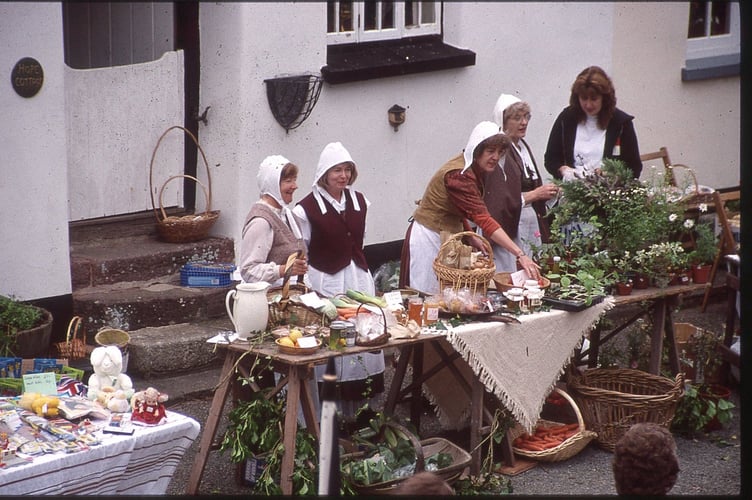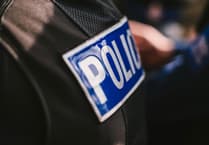THIS year marks the 475th anniversary of the Prayer Book Rebellion which brought national events – unrest over the introduction of the Book of Common Prayer by a protestant boy king – to the small village of Sampford Courtenay near Okehampton.
Here, we take a look back at the history, as the village prepares to stage a series of events to mark the anniversary.
In 1549 Sampford Courtenay was the location of an uprising which had major local and national implications.
Following the death of Henry VIII and the reign of his son,the protestant boy king Edward VI with his government, led by the Regent the Duke of Somerset, there continued to be a great deal of general unrest in the country about taxation and changes taking place.
A major change affecting everyone’s lives was the final steps of moving away from the Church of Rome. The new government were pressing ahead with the removal of the Latin Mass with its traditional customs upheld in church for generations and installing in its place the Book of Common Prayer.
The King and his government decreed that the new form of service would start on the Whitsun Holy Day Weekend at parish churches across the nation, so on Sunday, June 9 the Sampford Courtenay rector duly conducted the new service, using the new prayer book. However, with sympathries to the old Catholic religion remaining strong in many a breast among those in the congregation and after the service, the enraged mass called on the rector to conduct the service the next day - a Holy Day - in the old way. The unrest continued, and after the service a local yeoman farmer named William Hellyons, who tried to mediate and calm things down, was turned on by the mob and killed.
Following the murder of Hellyons and the defying of the king and government the villagers, now rebels, realised that they had no option other than to carry their grievance against the changes further. Their numbers increased rapidly and and soon became a considerable armed force moving towards Exeter city.
The first encounters with the royalist forces were at Crediton and Clyst St Mary. The rebel army then proceeded to Exeter where they laid a siege for four weeks. Further battles took place at Aylesbeare Common, Clyst St Mary and Clyst Heath east of Exter before the rebel army was driven back to Sampford Courtenay on August 17. This is where the final battle took place resulting in the slaughter of many of the rebels and after escaping to Launceston the capture of their leaders.
In 1999 Sampford Courtenay marked the 450th anniversary of the Prayer Book Rebellion with a number of events, including a Tudor Fayre and games, a mummers play, re-enactment groups and Tudor dancing, along with the opening of a permanent Prayer Book Rebellion display in St Andrew’s Church.
This year the village is planning events to mark the 475th anniversary of the start of the rebellion in June and the final battle in August. Events planned include lectures and talks in partnership with Devon Family History Society and the Devonshire Association, a guided coach tour of the battle sites, presentations on Tudor life and local history, re-enactment groups and displays, floral displays in the church, Tudor dancers, Morris dancing and a Mummers play There will also be local ‘Rebellion’ ale and cider offered and a Tudor Fayre with games and food. Both the church and historic Church Rooms will be open to visitors and in August there will be battlefield tours and a commemorative church service.
Things get going on Friday, March 22 with a ‘Tudor Times’ Evening in Sampford Courtenay Village Hall looking at Tudor dress and food and unveiling a timeline of events planned.For details of this event as well as other events visit the Sampford Courtenay website at :
www.sampfordcourtenay-pc.gov.uk/nope/802




